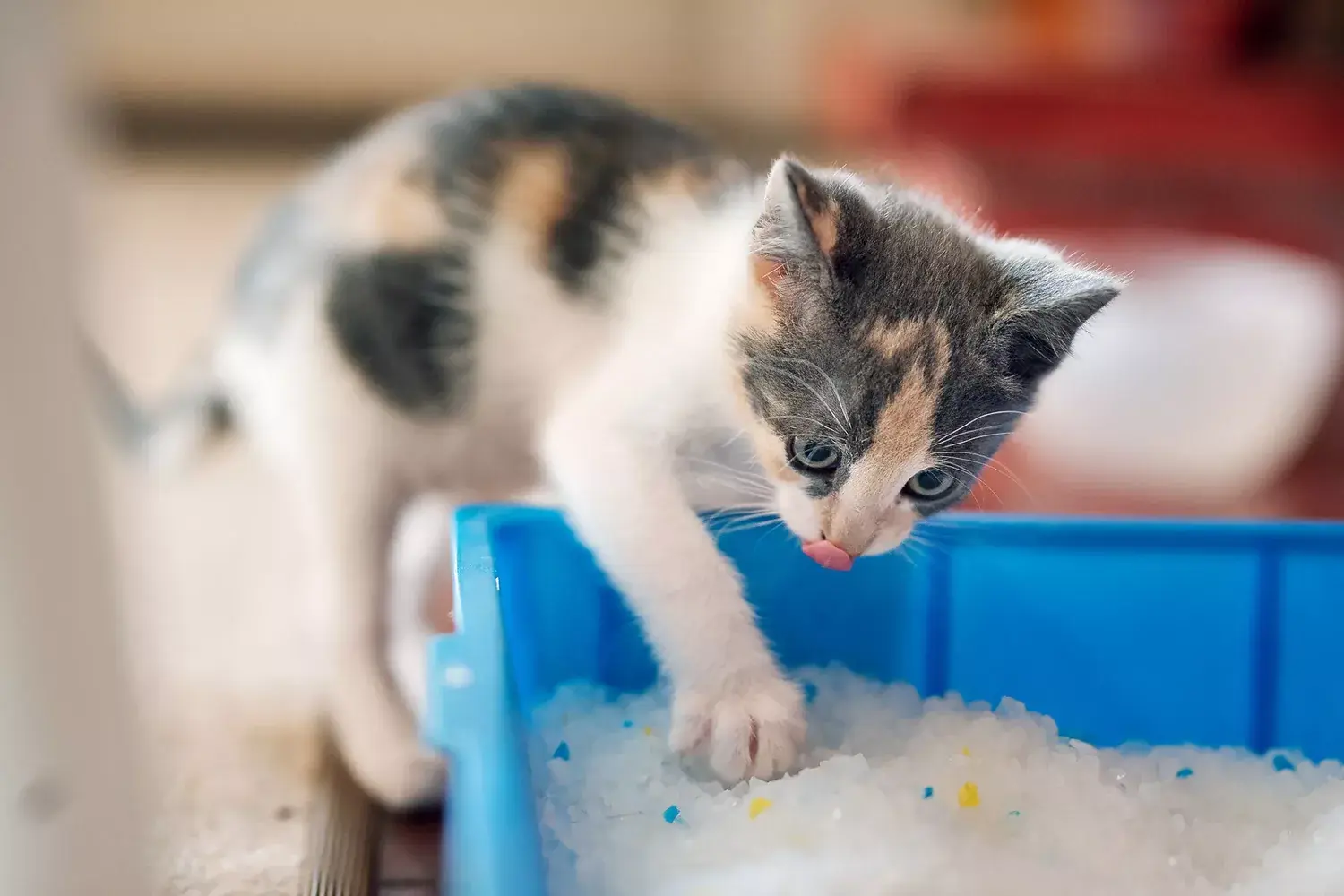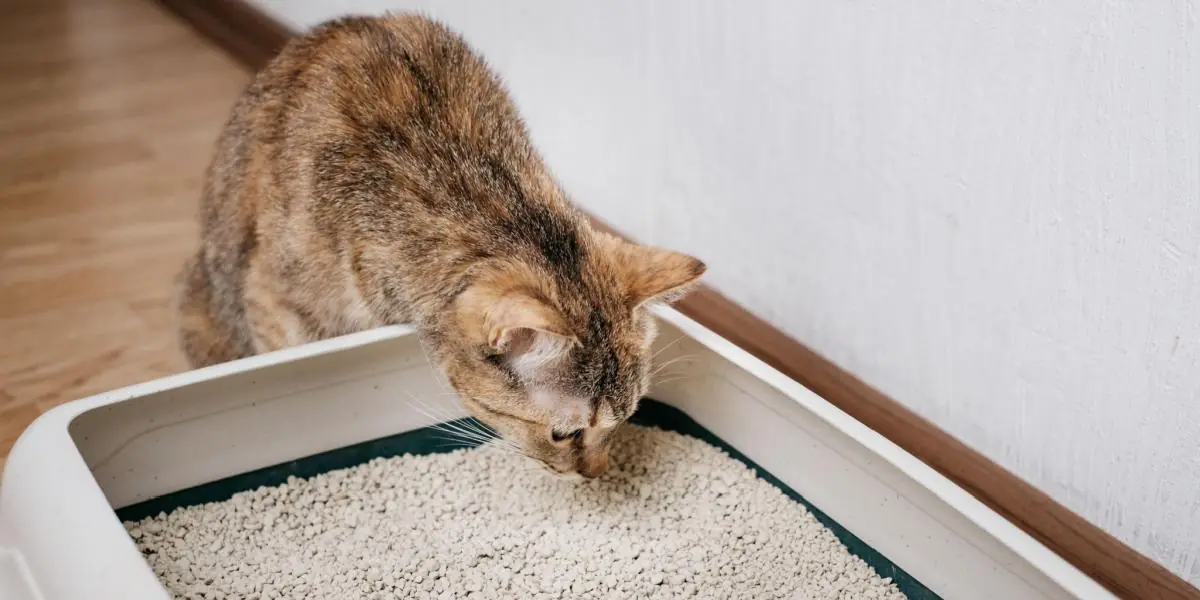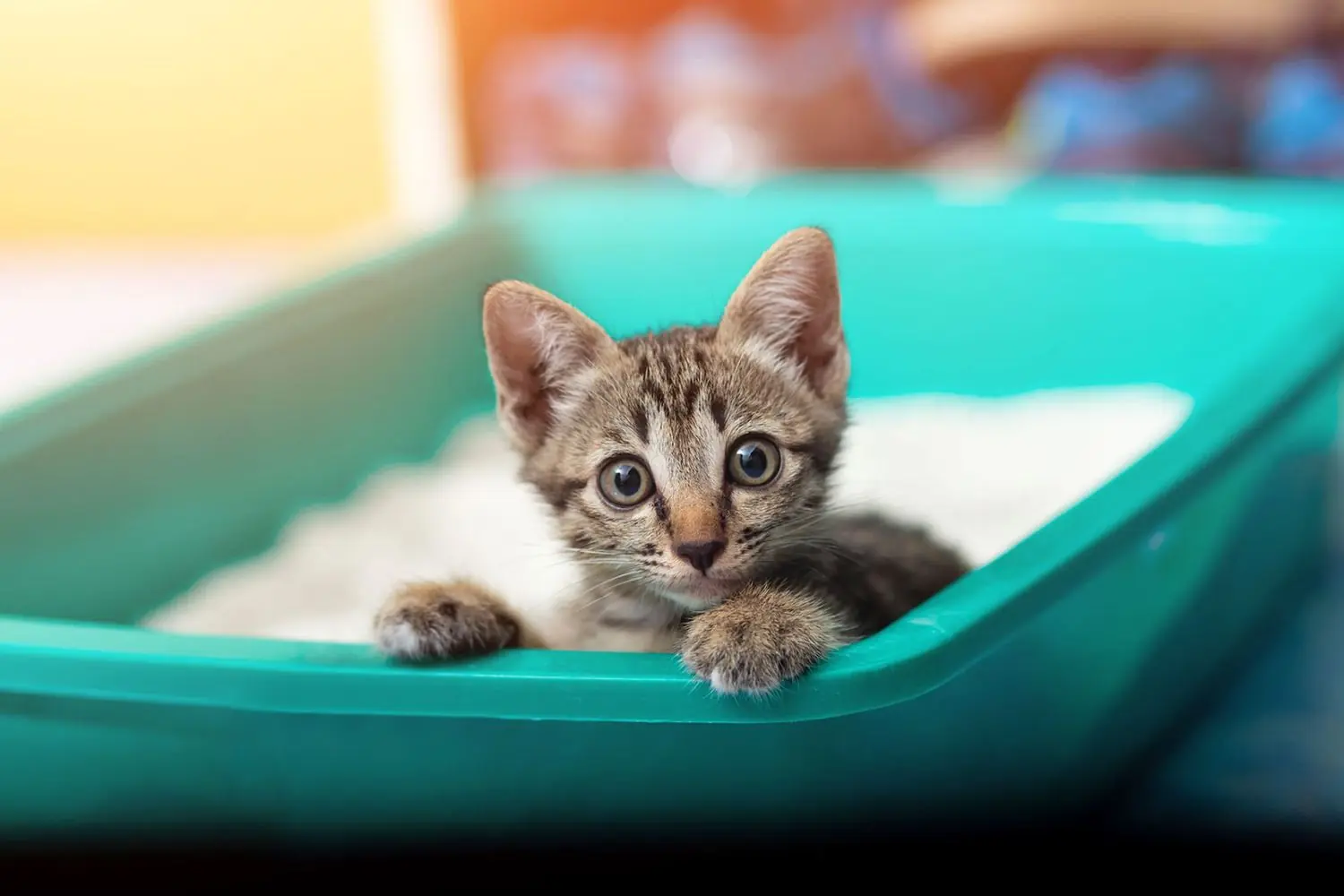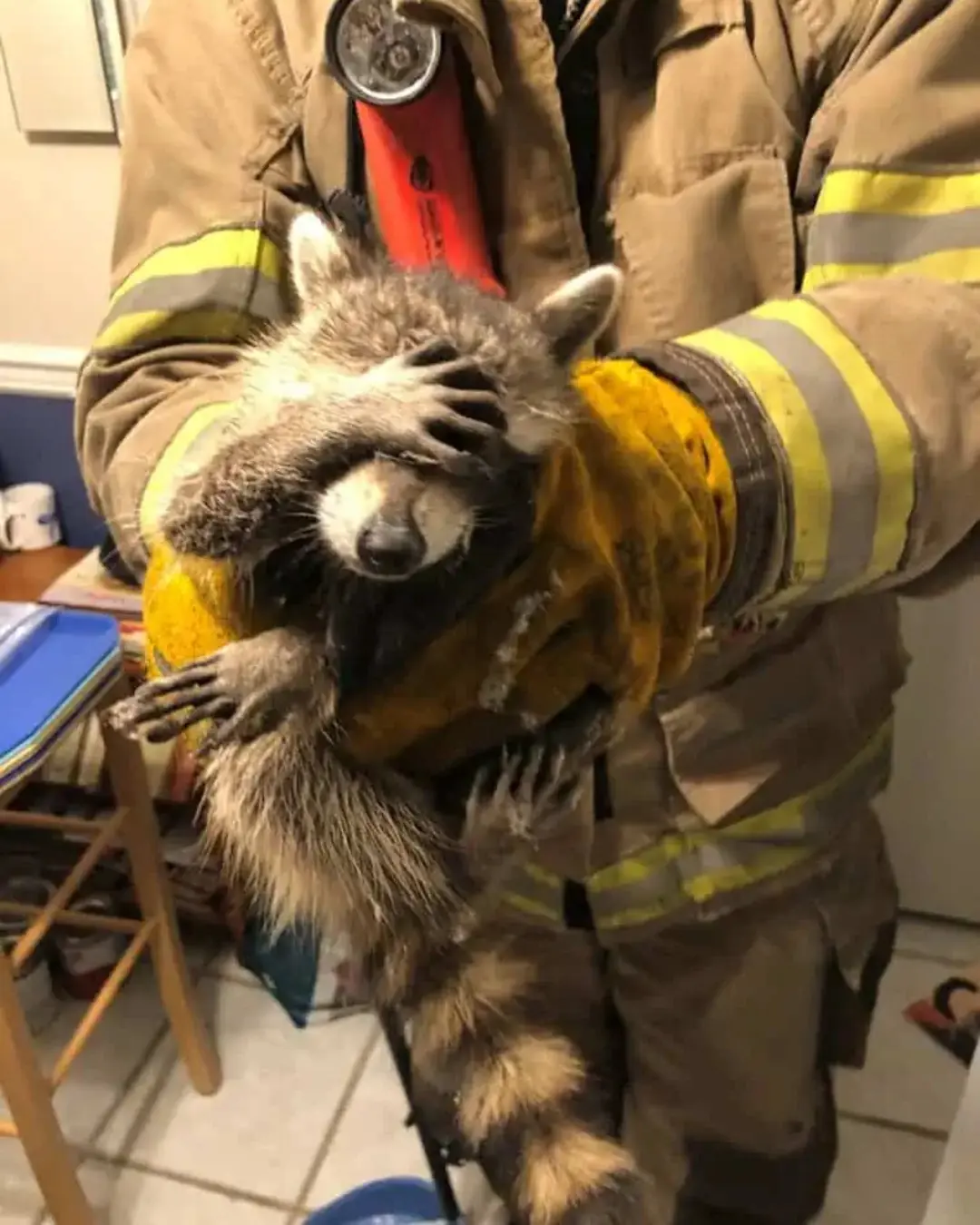
How Do Cats Know to Use the Litter Box? We've Got the Scoop
Your role in assisting a kitten or cat with litter box "training" involves providing appropriately sized litter boxes, positioning them in suitable locations, and filling them with cat-approved kitty litter. Thanks to advanced automated litter boxes, manual scooping may not even be necessary. Essentially, once the setup meets your cat's preferences, they will generally take to using the litter box without much instruction.
Indeed, teaching a cat to use her litter box doesn't require much effort compared to training puppies, who are often prone to accidents. How do cats instinctively know to use the litter box? It primarily stems from their innate feline instincts.

How Do Cats Automatically Know How to Use a Litter Box?
Whether they were raised alongside their mother and siblings or raised as an orphan with human care, felines have an innate instinct to relieve themselves in a place where they can conceal it. Stacie Lee Nyhuis, a Licensed Veterinary Technician at Behavior Solutions for Pets in Ashburn, VA, clarifies that in their natural habitat, cats bury their waste to prevent their scent from attracting predators.
Newborn kittens require stimulation to eliminate waste, but by the time they reach three to four weeks of age, they instinctively start using a litter box, albeit perhaps clumsily at first.

Nyhuis suggests that having another cat already using a litter box can aid in the process. However, cats are inherently inclined to dig and cover their waste. Thus, if you provide an appropriate litter box in a designated area, a cat or kitten should utilize it.
Stray cats transitioning from outdoor to indoor environments also possess the necessary knowledge, although they may initially prefer houseplants over a litter box. Encouraging adjustment involves removing access to houseplants and offering various litter boxes with different types of litter. Additionally, gradually introducing natural substrates such as dirt or sod alongside commercial kitty litter can assist in the transition process.
Are There Some Cats Who Won't Learn How to Use a Litter Box?
It's improbable that a cat isn't aware of how to utilize the litter box. Usually, there's an underlying issue that's dissuading your cat from using their designated area for elimination (more details on this later). However, Nyhuis suggests that some cats simply aren't proficient at concealing their waste.
"I can confirm this from my experience fostering a large grey tabby," she remarks. "He was quite messy!"
It's crucial to distinguish between a cat with poor aim—covering everything but their waste—and a behavioral shift such as not covering their waste anymore. "If they're eager to spend minimal time in the box, they might refrain from digging and covering it," Nyhuis elaborates.
If your cat is experiencing difficulties with the litter box, it's advisable to consult your veterinarian to explore potential solutions (hopefully alleviating stress for both you and your feline companion!).

Will My Cat Know Where the Litter Box Is If I Move It?
For cats with highly sensitive noses, locating the litter box becomes effortless when it's positioned in a convenient spot. To ensure your cat can easily access a clean bathroom, consider offering multiple litter boxes—Nyhuis advises having one box per cat, plus an additional one. In multi-level homes, distribute litter boxes across each floor, away from busy areas and loud appliances.
Nyhuis suggests avoiding physically placing your cat in the litter box, but rather encouraging them to discover it independently by engaging them with play or food and letting them find the box themselves.
Why Is My Cat Going Outside of the Litter Box?
Bathroom issues are a frequent occurrence when something isn't in order. As per the ASPCA, approximately 10 percent of all cats will exhibit elimination behavior outside their litter box at some stage in their lives. While it can be vexing to find your cat urinating or defecating outside its designated area, Nyhuis suggests viewing it as a means of communication indicating an underlying problem. If your cat is exhibiting this behavior, contemplate these potential reasons and arrange a discussion with your veterinarian.

Environmental
Cats are tidy and want a quiet, private place to do their business (don't we all?). Anything from the type of kitty litter, a dirty litter box, or the shape and size of the litter box could have your cat seeking an alternative bathroom location.
Behavioral
"Fear is a common cause of inappropriate elimination," Nyhuis says. Going to the bathroom is a vulnerable state for any animal—your happy house cat included. "If the cat has had a negative experience in or around the litter box, they're going to be apprehensive or uneasy to return to it."
Medical
Nyhuis suggests that alterations in urine patterns might stem from either a urinary tract infection or a condition impacting urinary function. For cats predisposed to urinary problems, proactively managing their urinary health with pH-adjusting litter is advised. Similarly, Nyhuis notes that deviations in bowel routines could arise from gastrointestinal discomfort, intestinal parasites, or overall stress. Any atypical bathroom behaviors warrant prompt veterinary assessment, as Nyhuis emphasizes the importance of early evaluation for safety precautions.
News in the same category


A Waitress Named Susie and the Night Kindness Stole the Spotlight

The Lesson by the Lake: A Mother Bear’s Love That Teaches Survival.

A Moment of Joy: How a Playful Baby Elephant Stole Everyone’s Heart

The Coyote at the Grave: A Bond That Survived Fire and Time

Sasha’s New Chance: A Journey of Courage, Pain, and Hope

Devotion: The Lions Made of Love and Cardboard.

The “Guilty” Raccoon Who Stole Hearts Instead of Snacks.

A Metro Ride, a Meltdown, and a Miracle: How One Officer Turned a Child’s Worst Day into a Moment of Kindness the World Will Never Forget.

A Graduation to Remember: When a Police Officer Carried a Student Across the Finish Line.

A Moment of Joy: How a Playful Baby Elephant Stole Everyone’s Heart.

Holding On for a Miracle: Keontae McKinnon’s Brave Fight

A Homecoming Marked by Grief and Gratitude: The Corley Family’s Journey

From Shelter to Service: The Incredible Journey of K-9 Ron

My Journey to Motherhood: Graham’s Story

Ugur’s Fight: A Young Boy Battling for Life

Hutch’s Second Chance: A Survivor of Cruelty Finds Hope and Healing

Struck by Lightning, Still Standing: Craig Morris’ Fight to Live Again

The Most Amazing Homecoming: A Mother, A Baby, and a Miracle of Survival

Superman the Flood Survivor: The Dog Who Waited in the Wreckage for the Family He Lost
News Post

The Boy Who Hitchhiked 250 Miles to Meet His Hero.

A Waitress Named Susie and the Night Kindness Stole the Spotlight

The Lesson by the Lake: A Mother Bear’s Love That Teaches Survival.

A Moment of Joy: How a Playful Baby Elephant Stole Everyone’s Heart

The Coyote at the Grave: A Bond That Survived Fire and Time

Sasha’s New Chance: A Journey of Courage, Pain, and Hope

Devotion: The Lions Made of Love and Cardboard.

The “Guilty” Raccoon Who Stole Hearts Instead of Snacks.

A Metro Ride, a Meltdown, and a Miracle: How One Officer Turned a Child’s Worst Day into a Moment of Kindness the World Will Never Forget.

A Graduation to Remember: When a Police Officer Carried a Student Across the Finish Line.

A Moment of Joy: How a Playful Baby Elephant Stole Everyone’s Heart.

Meet Demi Johnson, the Teen Scientist Helping Restore Oyster Reefs in Mississippi

Holding On for a Miracle: Keontae McKinnon’s Brave Fight

A Homecoming Marked by Grief and Gratitude: The Corley Family’s Journey

From Shelter to Service: The Incredible Journey of K-9 Ron

Detroit Couple Celebrates Their 75th Wedding Anniversary And Credit Communication As The Key To A Lasting Marriage

This Mom Got Illinois To Sign A Law Banning Hair Discrimination In Schools

These Multilingual Siblings Have Created A Virtual Academy To Teach People How To Speak Other Languages

This Mother and Daughter Got The Chance To Serve On The Same U.S. Navy Ship Together
